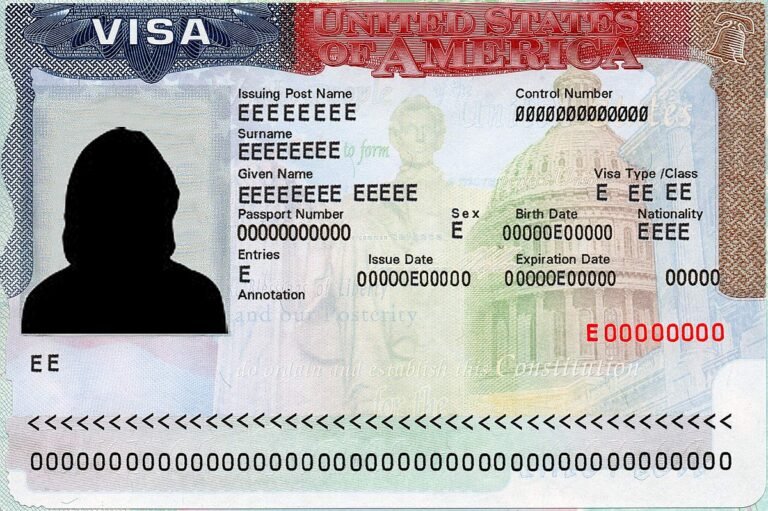Introduction
In the rapidly evolving digital age, the insurance industry is undergoing a significant transformation. Traditional methods of managing policies, claims, and customer interactions are being replaced by more efficient, secure, and customer-friendly digital solutions. One such innovation that has proven to be a game-changer is the adoption of electronic signatures.
This article explores why every insurance company needs electronic signatures for insurance, detailing their benefits, legal considerations, and the impact on customer satisfaction and operational efficiency.
The Evolution of Electronic Signatures
Electronic signatures, also known as e-signatures, are a digital version of a handwritten signature. They enable individuals and businesses to sign documents electronically, eliminating the need for physical paperwork. The concept of electronic signatures has been around for decades, but their adoption has surged in recent years due to advancements in technology, increased internet accessibility, and changing regulatory landscapes.
Legal Considerations for Electronic Signatures
While the benefits of electronic signatures are clear, it’s essential to understand the legal considerations associated with their use. Fortunately, electronic signatures are legally recognized in many countries, provided they meet certain criteria.
United States
In the United States, the ESIGN Act and the Uniform Electronic Transactions Act (UETA) provide the legal framework for electronic signatures. These laws ensure that electronic signatures are as legally binding as traditional handwritten signatures, provided that the parties involved consent to their use and that the signatures can be authenticated.
European Union
The European Union’s eIDAS regulation sets the standards for Euro Sign across EU member states. eIDAS distinguishes between different types of electronic signatures, with Qualified Electronic Signatures (QES) offering the highest level of security and legal validity. For insurance companies operating in the EU, ensuring compliance with eIDAS is essential for the legal acceptance of electronic signatures.
Other Jurisdictions
Many other countries have their regulations governing the use of electronic signatures. Insurance companies must understand and comply with the relevant laws in the jurisdictions where they operate. This may involve working with legal experts to ensure that electronic signature solutions meet the necessary legal requirements.
Implementing Electronic Signatures in Insurance
Adopting electronic signatures involves more than just choosing a digital signature platform. It requires a strategic approach to ensure seamless integration into existing processes and systems.
Choosing the Right Solution
Selecting the right electronic signature solution is critical. Insurance companies should look for platforms that offer robust security features, compliance with relevant regulations, and integration capabilities with their existing systems. Popular electronic signature solutions include DocuSign, Adobe Sign, and SignNow, among others.
Training and Change Management
Introducing electronic signatures requires training employees and managing the change effectively. Staff need to understand how to use the new system, the benefits it offers, and the security measures in place to protect sensitive information. Effective change management strategies can ensure a smooth transition and widespread adoption.
Customer Education
Educating customers about the use of electronic signatures is equally important. Clear communication about the process, security features, and benefits can alleviate any concerns and encourage customers to embrace the new system.
The Future of Electronic Signatures in Insurance
As technology continues to evolve, the use of electronic signatures in insurance is expected to grow. Emerging technologies such as blockchain and artificial intelligence (AI) are likely to enhance the capabilities and security of electronic signatures further. For instance, blockchain can provide an immutable record of signed documents, while AI can help in verifying identities and detecting fraudulent activities.
Conclusion
Electronic signatures are no longer a luxury but a necessity for insurance companies aiming to stay competitive in the digital age. The benefits of enhanced efficiency, cost savings, improved security, environmental sustainability, and better customer experience make electronic signatures an invaluable tool for the industry.
By understanding the legal considerations and adopting a strategic approach to implementation, insurance companies can unlock the full potential of electronic signatures and position themselves for future success.
Every insurance company needs electronic signatures to streamline operations, enhance security, and meet the evolving expectations of customers. Embracing this technology is not just a step toward modernization but a leap toward a more efficient, secure, and customer-centric insurance industry.







